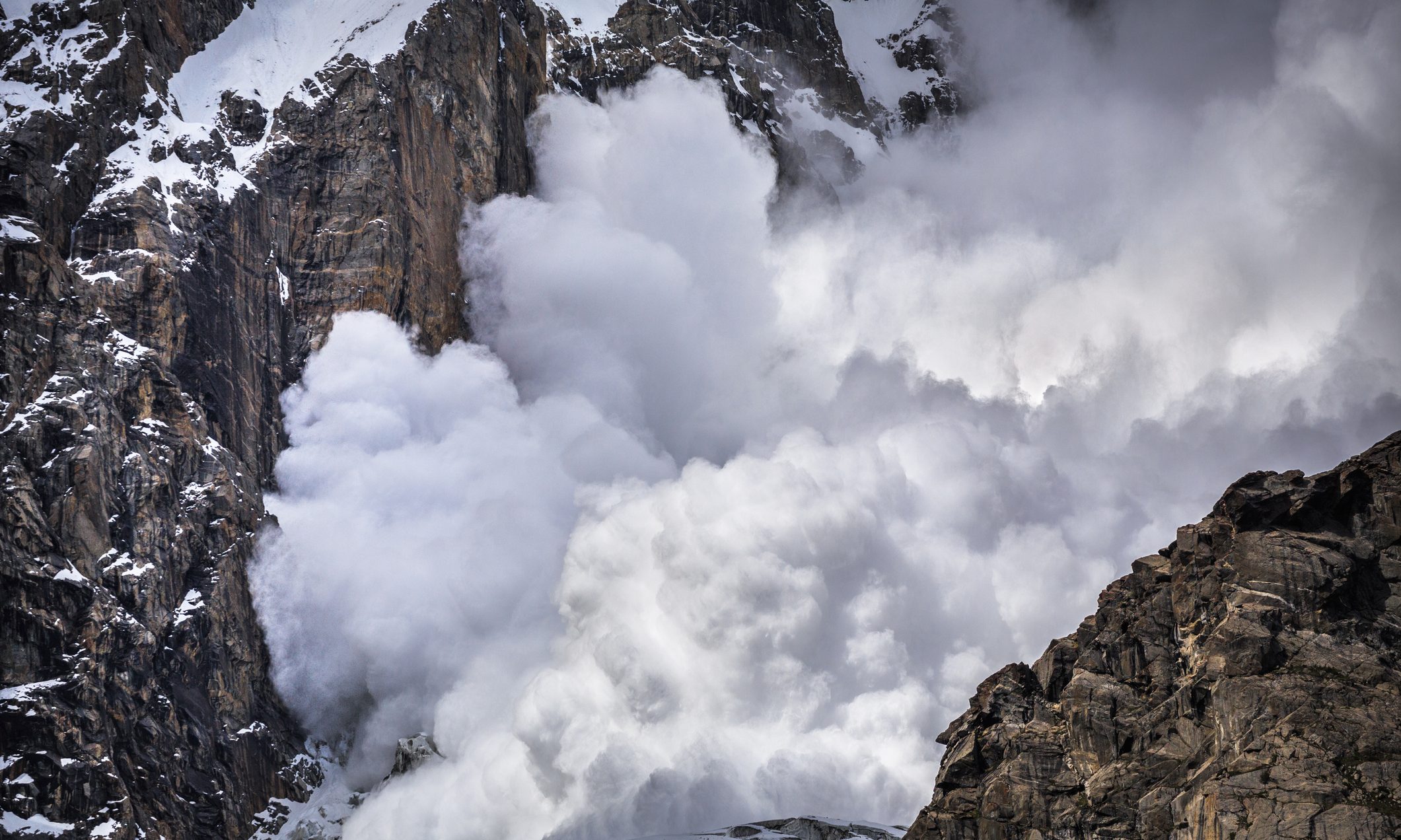

When you’re in avalanche terrain in the dead of winter, caution is of paramount importance. One wrong move and everything could slide downhill in an instant. And the sad truth is that if you’re unlucky enough to be buried, you’ve got no more than 15 minutes of oxygen before rescue attempts may be too late.
Videos by Outdoors
Megan Hine knows all about the dangers of this situation. As a survival consultant, expedition leader and author of “Mind of a Survivor: What the Wild Has Taught Me About Survival and Success,” has found herself in avalanche terrain dozens of times over the course of her 20-year career, including embarking on the devastating task of digging people out of the snow. Here are her top 5 tips to traverse avalanche terrain safely.
Tip 1: Do Your Homework
One of the most important precautions you can take before adventuring in avalanche terrain is to educate yourself about the terrain beforehand.
Hine says this can be a combination of reading reports and talking to experts.
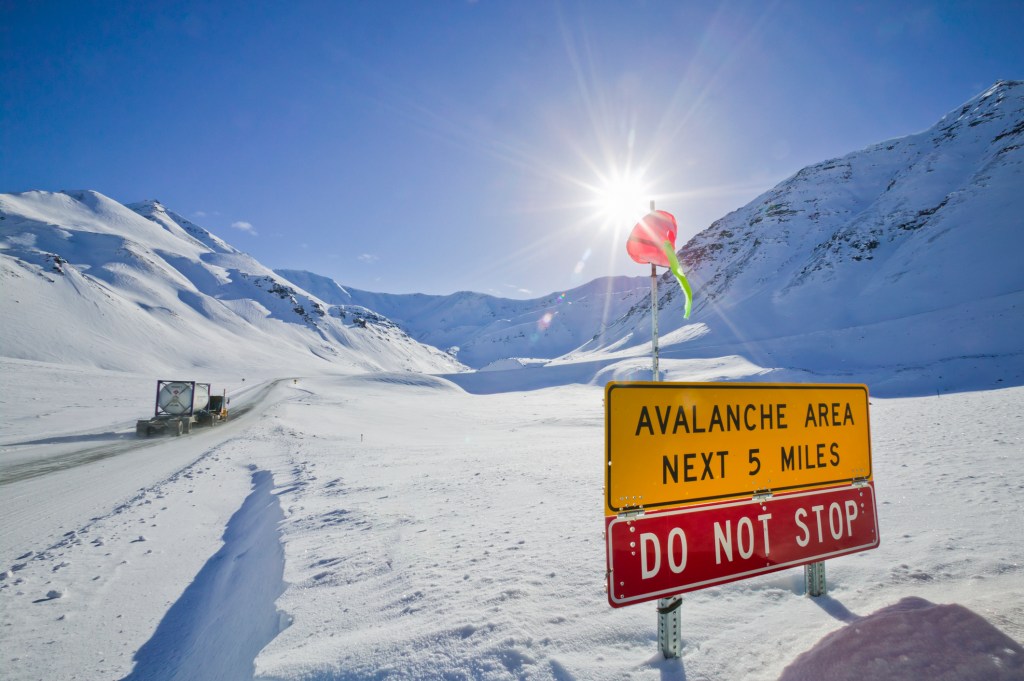
“I’ll talk to locals and ski patrols and anybody who has been there all season to understand what the weather has been doing and what has been going on in the snowpack ahead of time,” says Hine. “That way I know which layers are more likely to go.”
She adds that ski resorts and websites usually publish information about likely avalanche zones are and what class a potential avalanche might be (based on snowpack). The higher the number, the greater the danger—which means it’s probably a good idea to stay off the mountains on days when the numbers are at their highest.
Hine also notes that it’s particularly important to check wind forecasts, since wind can deposit fresh snow on the leeward sides of mountains, where consolidation can lead to avalanche danger.
“When the sun helps consolidate a snowpack by melting it all together, you get a slab that isn’t very well bonded to anything below it and tends to be hollow underneath,” she says. “These are the conditions that can trigger as you walk across them.”
Tip 2: Look and Listen
Snowpack is dynamic, which means that as the sun melts the snow, conditions change.
For this reason, Hine says it’s important to stay vigilant as you travel through the terrain, constantly scanning for potential risks.
“I’m always looking for cracks high above me on the slopes and I’m listening for a ‘whump’ noise when I’m standing or going across slab because [that tells me] it’s hollow underneath,” she says. “It’s quite terrifying when something happens, so it’s important to stay alert for signs of danger.”
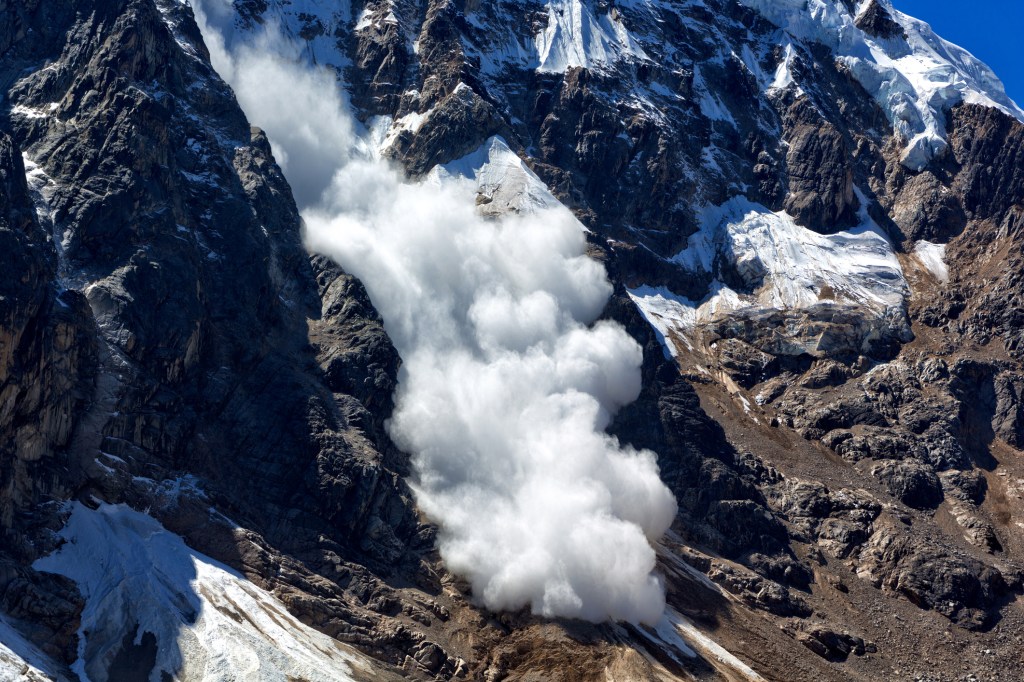
She adds that adventurers also should pay attention for signs of previous avalanches: namely, trees that seem like they’ve been knocked down by sheer force. As you’re traversing snowy terrain, this evidence may look like wide open swaths of land, or it also may present as a thrush of trees broken in half like matchsticks. Hine notes that willow trees often survive avalanches, so these trees in avalanche zones can be a good marker or reference point.
Tip 3: Avoid Terrain Traps
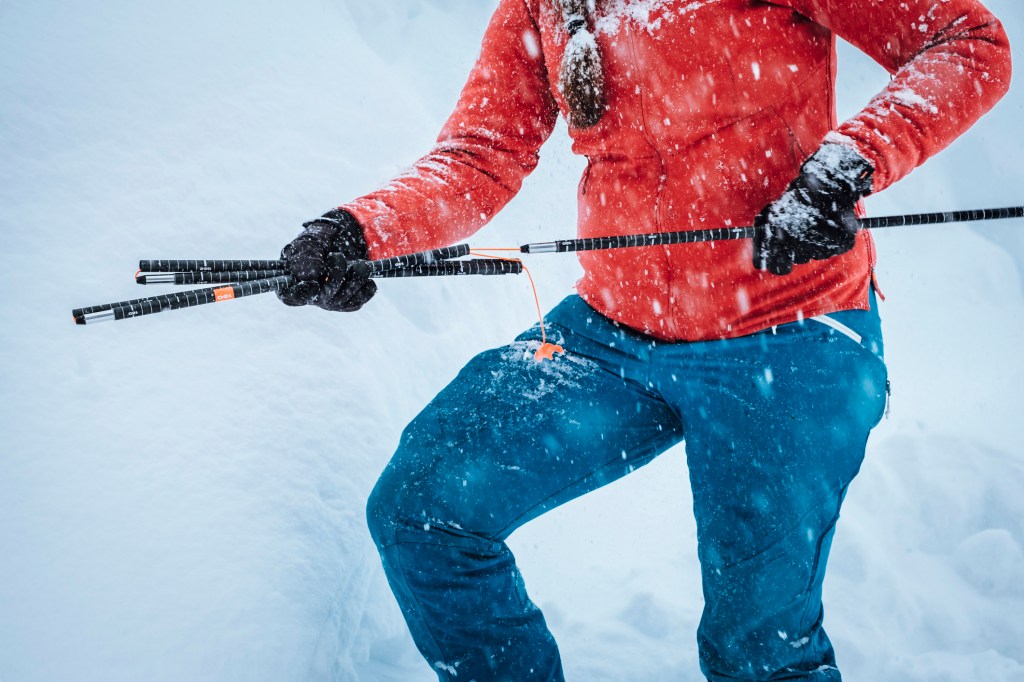
“These are the places where you’d get stuck in an avalanche,” Hine says. They often are naturally occurring parts of the terrain —little valleys, for instance or giant boulders.
If you must traverse a terrain trap, do so diligently, carefully, one person at a time. If possible, “hop” across the trap via trees or boulders to minimize exposure (and maximize efficiency).
Hine says that if someone in your party does get caught in an avalanche, watch them go down the hill and follow them with your finger until you can’t see them anymore. The point where you lost them is where you want to start your search with your avalanche transceiver, and where you’ll want to first put your avalanche probe into the snow.
Tip 4: Note the Slope
When you’re exploring in avalanche terrain, the angle of the terrain can become a serious risk factor depending on where you are: According to Hine, avalanches typically happen on slopes with angles between 30 and 45 degrees.
That’s not to say avalanches can’t happen on slopes with angles over or under this range; it’s just that most avalanches happen in this danger zone.
“On hillsides with angles [greater] than 45 degrees, snow tends not to accumulate because the mountains are too steep,” said Hine, who has produced television shows with Bear Grylls. “On hillsides with angles of less than 30 degrees, there isn’t much momentum once the snow starts to fall. Sure, there have been catastrophic avalanches on 25-degree terrain, but 30 to 45 is the danger sweet spot.”
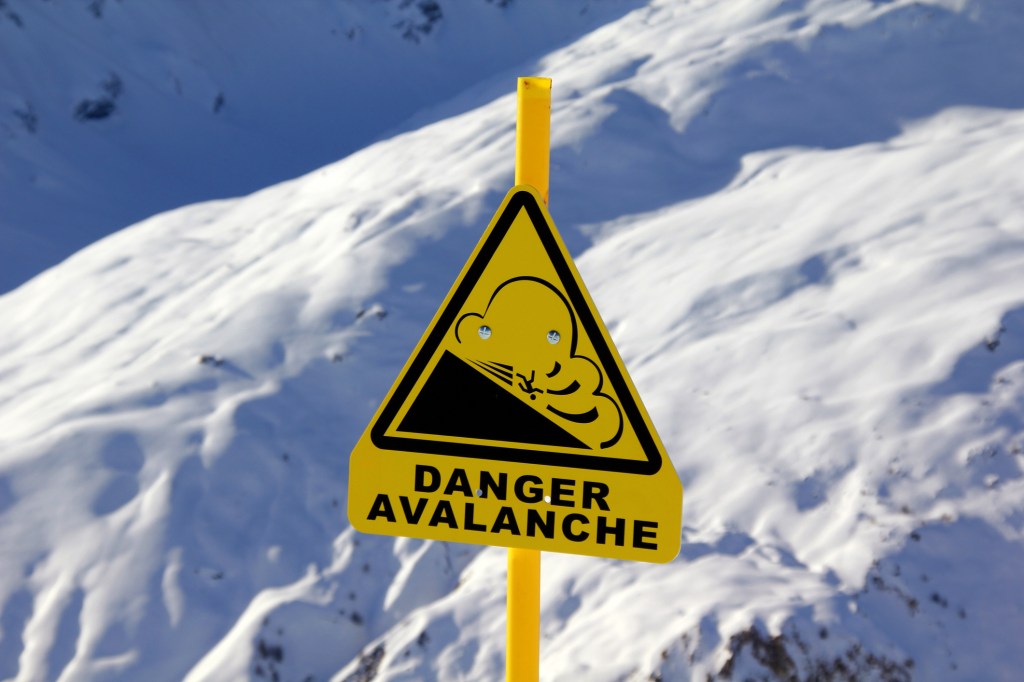
Tip 5: Practice Makes Perfect
Let’s hope you never have to use your avalanche response skills. At the same time, it’s important to keep those skills sharp, just in case.
Hine notes that if one of your colleagues goes under in an avalanche, that person has no more than 15 minutes of air to breathe before they suffocate. She said she has had small avalanches go off around her, and digging out friends is way harder than it looks.
“It’s like you’re digging into thick and heavy concrete,” she said. She adds that if you’re actually skiing across the snowpack when an avalanche happens, it is, no matter what kind of avalanche has occurred, “the weirdest feeling—like the snowpack completely changes consistency into water at a moment’s notice.”
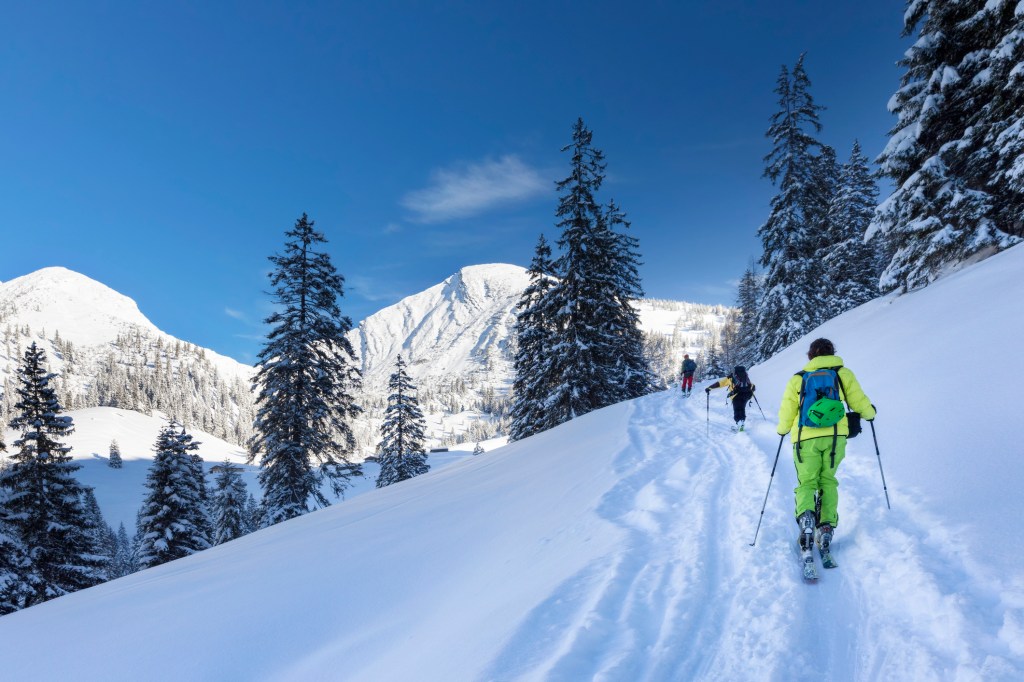
This is what makes the snow so dangerous—if someone is buried, within seconds the snow is going down their throat and into their nose.
Hine says it’s important to use avalanche probes to locate colleagues before you start digging.
She adds that once you put the probe into the snow, you keep it in the snow for two reasons: 1) To mark the location of your buried colleague, and 2) To sustain the morale of the person in the snow, who likely will panic if you remove the pole before they have been rescued.
“Every second counts,” she says. “The more comfortable you are, the quicker you’ll be able to help.”
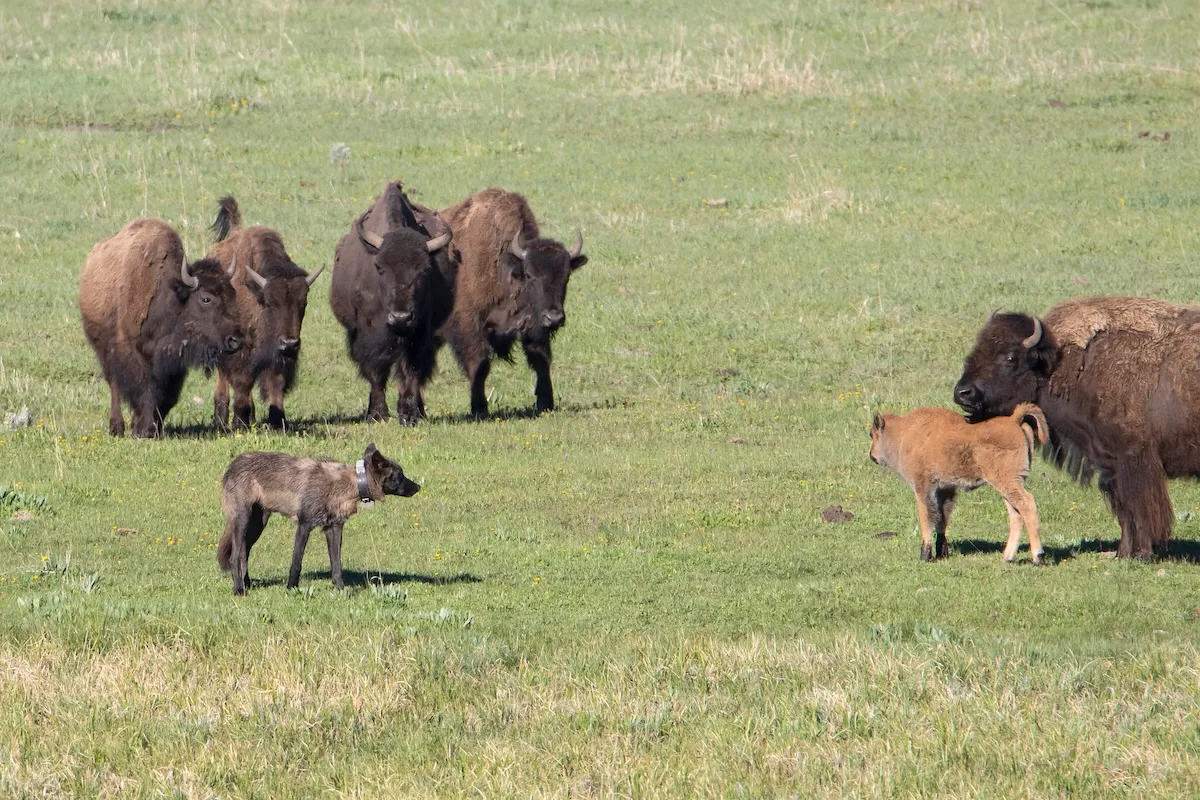
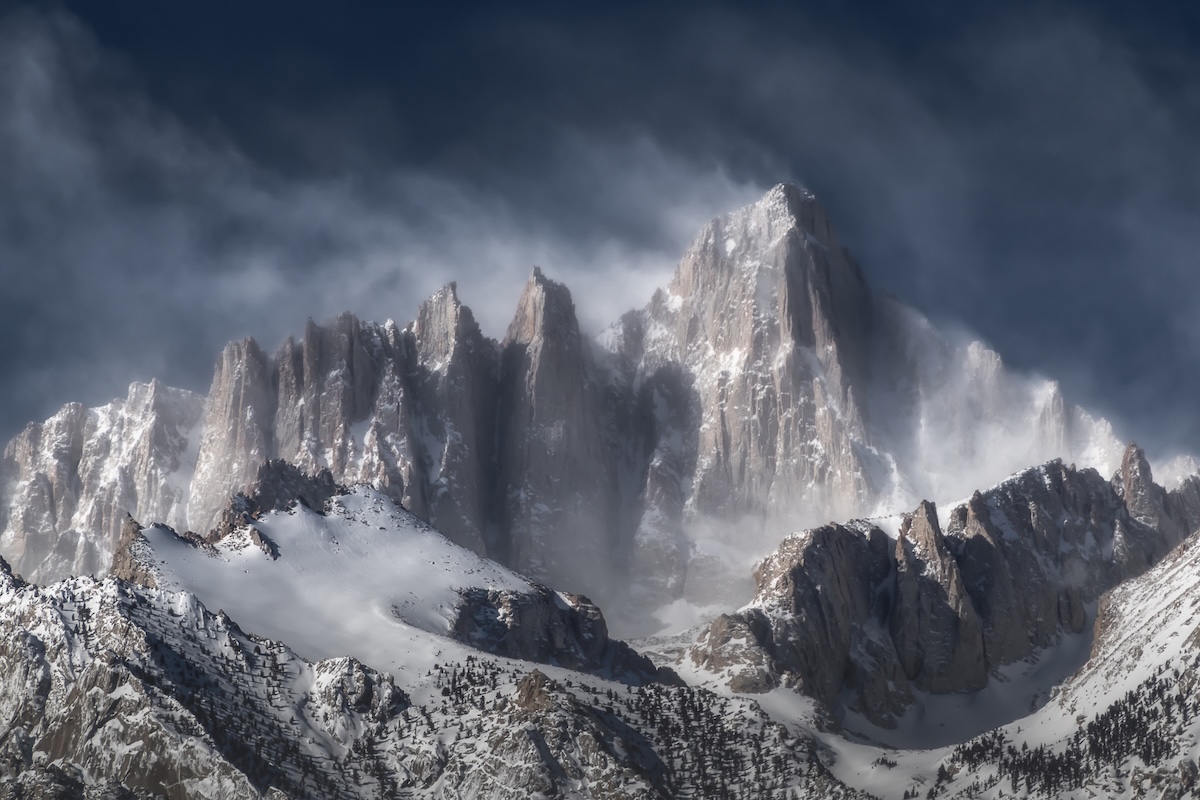
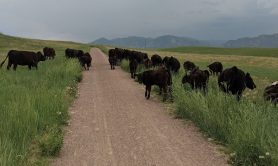




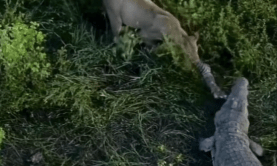
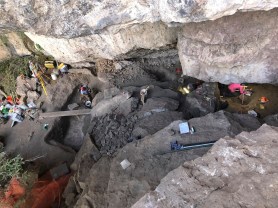
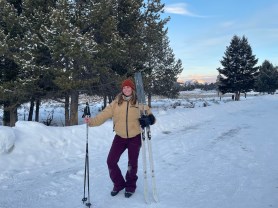
Pingback: Sherpas Buried in Everest After Ice Mass Movement – Outdoors.com